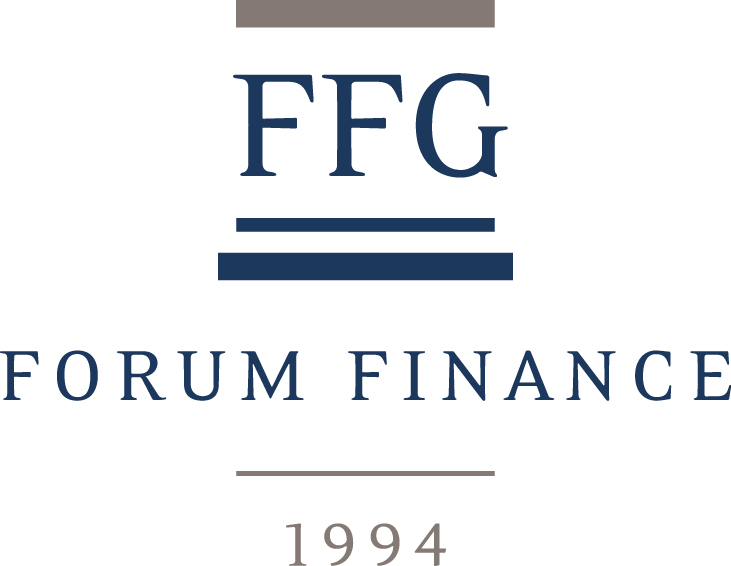Newsletter | October 2022
MARKETS BATTERED BY INFLATION AND HAWKISH CENTRAL BANKS
1.033 THE BRITISH POUND PLUNGES TO A RECORD LOW AGAINST THE DOLLAR
Investment perspective
The early-month optimism of investors in September quickly gave way to severe market angst due to higher-than-expected inflation data and hawkish central banks. In a scenario often observed this year, yield curves moved up materially and equity markets tanked. The Local Currency MSCI World Index plunged by 8.5%, with US and EM equities underperforming and European ones faring somewhat better. The rise of bond yields was steep, and key bond indices dropped between 3% and 5%; 2-year Treasury yields climbed by 76bps to end September at 4.2%, with 10-year ones rising by 64bps to 3.8% after briefly breaching 4%. The moves on UK sovereign debt proved to be even more dramatic; 2-year and 10-year Gilt yields jumped by 122bps and 129bps, respectively, as markets reacted poorly to new UK government tax policies. The appreciation of the US dollar accelerated during the month, with the Japanese yen and the British pound finding themselves under particularly acute selling pressure; for the first time since 1998, Japan intervened in the currency market to support its currency, and it took an emergency statement by the Bank of England to help the pound to recover some of its losses.
As expected, the Federal Reserve hiked interest rates by 75bps in September to a 3%-3.25% range. The bank’s Chair Jerome Powell also delivered a more hawkish message, leaving little doubt that more outsized hikes would be announced at the upcoming meetings, leading to an end-2022 rate of 4.5%. The ECB also increased rates by 75bps last month, at the high end of market forecasts. The ECB is currently widely expected to rise rates by another 1.25% by the end of the year to a level of 2%. Markets are now anticipating the ECB’s policy rate to be increased to around 3% in 2023, a significant ramp up of expectations compared to only a few weeks ago.
Investment strategy
Following the reduction of our equity positioning last month, we did not change our asset allocation in September, with both equity and fixed-income asset classes remaining under-weight. In contrast, the exposure to alternative strategies is overweight and has contributed to limit some of the market volatility, and to preserve capital in these challenging market conditions. Our assessment is that markets are still struggling to correctly price in the path of monetary tightening, and the instability of bond markets continues to negatively impact all the other asset classes. The ongoing strength of the US dollar is another factor which is preventing any significant rebound of equity markets. In view of the extreme level of uncertainty on key issues, including geopolitical risks, rising interest rates, inflation, currencies and Chinese economic growth, visibility is extremely low, and forecasts are of little help.
In this environment, we try to filter out the short-term noise and prefer to invest over the long term, and not attempt to time the market. We continue to believe that well-diversified portfolios are the best way to navigate in the current market environment.
MARKET VOLATILITY IS LIKELY TO REMAIN HIGH IN THE NEAR TERM
Portfolio Activity/ News
September was a brutal month for portfolios as both bonds and equities recorded steep losses. Alternative strategies outperformed long-only exposures significantly and, for portfolios not denominated in USD, the US dollar exposure was a positive contributor. The trend-following CTA strategy provided the unique positive contribution while other hedge funds were either flat or only marginally negative. The main detractors were the real assets fund, badly hurt by higher bond yields, Chinese and EM equities, the global technology fund, as well as various Value funds. In the fixed-income space, investment grade sovereign debt funds with a longer duration and EM bonds fared the worst, whereas credit funds with some flexibility managed to outperform their reference benchmarks strongly and to limit the impact of pronounced market drawdowns.
In September, we cut one of our Japanese exposures due to a risk management measure in view of the fund’s declining assets. For some portfolios, we replaced this position by a newly-approved long/short fund focused on US small and mid caps. This fund has a very limited net long exposure and has low levels of beta and correlation with the market. At a time when equity markets are very volatile, and dispersion is wide, this kind of strategy offers a differentiated source of performance and diversification within the portfolios.
Download the Newsletter
